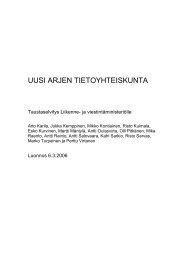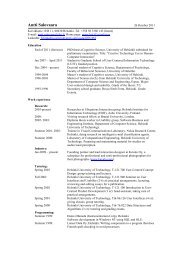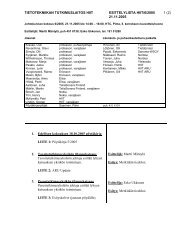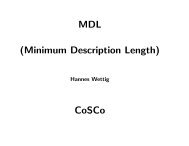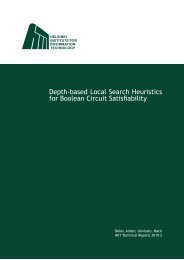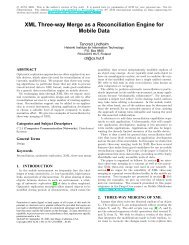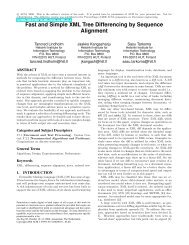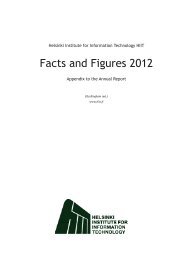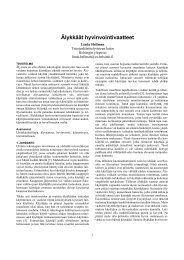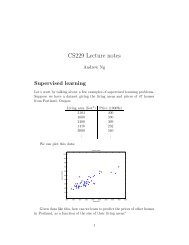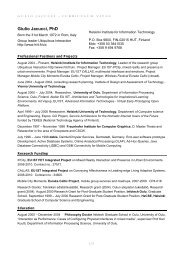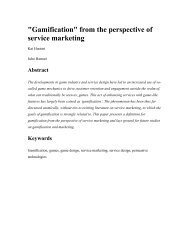Comparison of EndâUser Electric Power Meters for Accuracy
Comparison of EndâUser Electric Power Meters for Accuracy
Comparison of EndâUser Electric Power Meters for Accuracy
Create successful ePaper yourself
Turn your PDF publications into a flip-book with our unique Google optimized e-Paper software.
Cumulative energy consumption measurements were done by leaving on the<br />
computer and when enough time had passed, the PC was shut down and the<br />
energy measurements were taken from meters. Measurement time <strong>for</strong> first set was<br />
16.5 hours and 22 hours <strong>for</strong> the second set. Some <strong>of</strong> the measured loads where<br />
instable because they warmed up and their consumption changed <strong>for</strong> a short<br />
period after turning them on. Where needed measurements where taken after load<br />
current had become stable. This was required on computer and on both<br />
fluorescent lamps. If the readings were still drifting, typically between two<br />
adjacent numbers, then the highest reading appearing within a 5 second window<br />
was selected. All loads on each meter were measured once.<br />
3.4. Analysis<br />
The meter accuracy was estimated as an average measurement error <strong>of</strong> the meter.<br />
The accuracy was determined as a relative deviance from the meter‐specific<br />
reference values. We started by including the type <strong>of</strong> deviance, above or below<br />
reference, but eventually all error scores were calculated as absolute deviances.<br />
This meant that we could calculate an average error across all load conditions by<br />
simply summing up the absolute error percentages from all measurements.<br />
To help to interpret the data, we further classified the error percentages. Inspired<br />
by the idea <strong>of</strong> tolerance commonly applied in electronics, we trans<strong>for</strong>med the error<br />
ranges were into scores, or three categories <strong>of</strong> error ranges; < 5 %, < 10%, > 10 %.<br />
Devices within 5% <strong>of</strong> the reference reading received score 3 (excellent), within 10%<br />
adequate (2 points), over 10% with 1 point (poor), and when no reading could be<br />
obtained 0 points (failure) The measurements <strong>of</strong> the small and regular loads, and<br />
consumption were further aggregated as category averages.<br />
In the results section, we have additionally included some findings regarding the<br />
usability <strong>of</strong> the tested products. We consider the display viewing angles and the<br />
readability <strong>of</strong> the meter after it has been detached from the mains current.<br />
7



